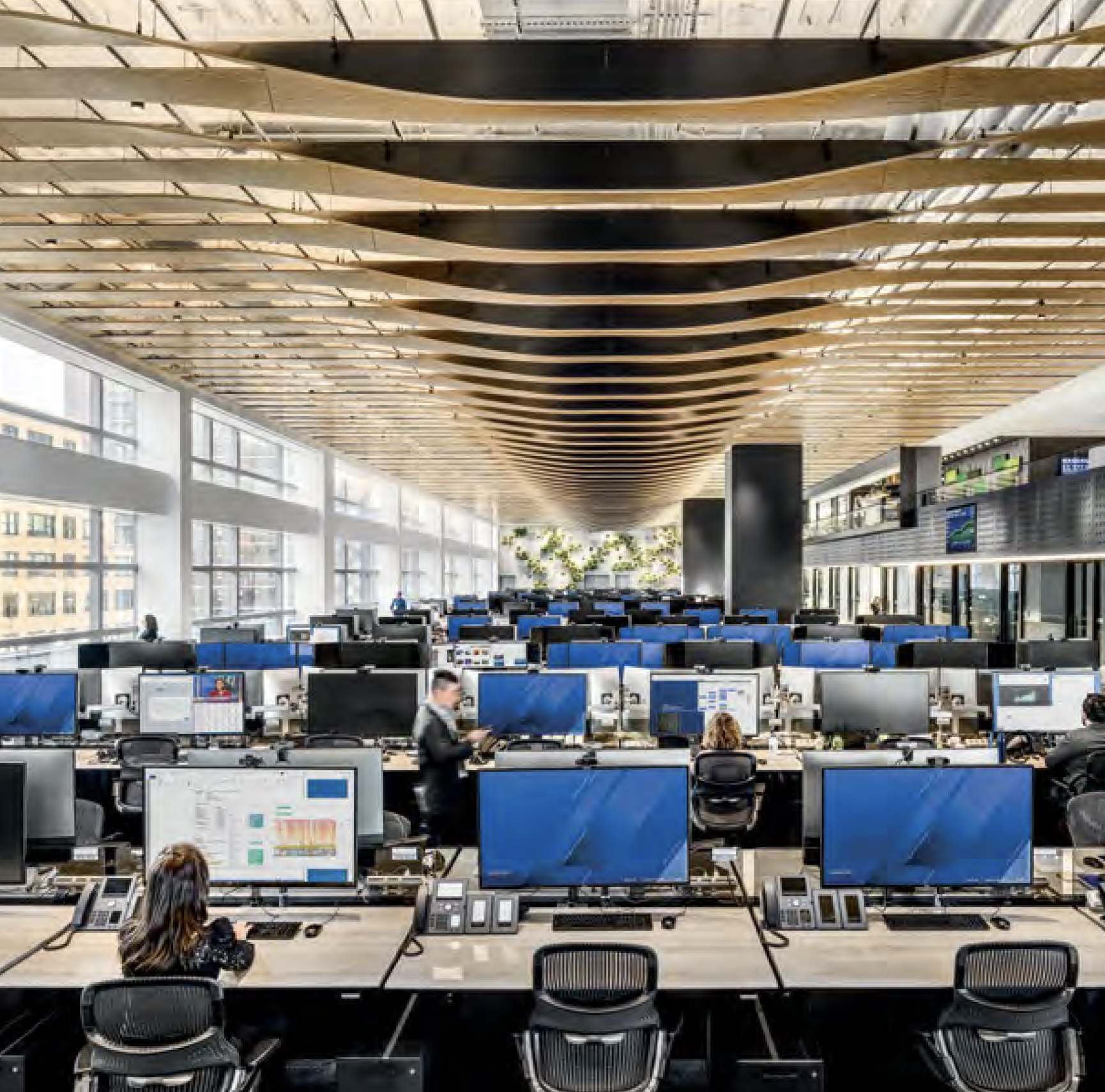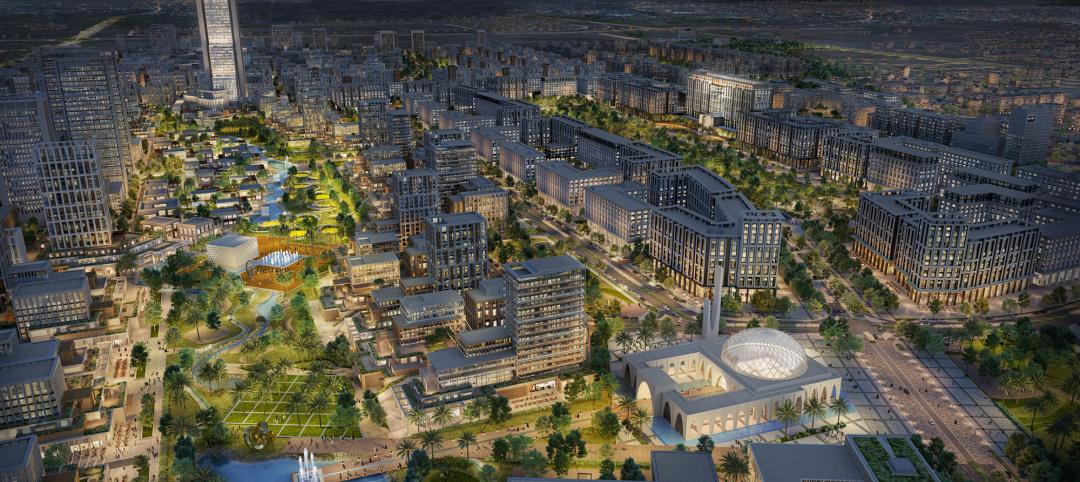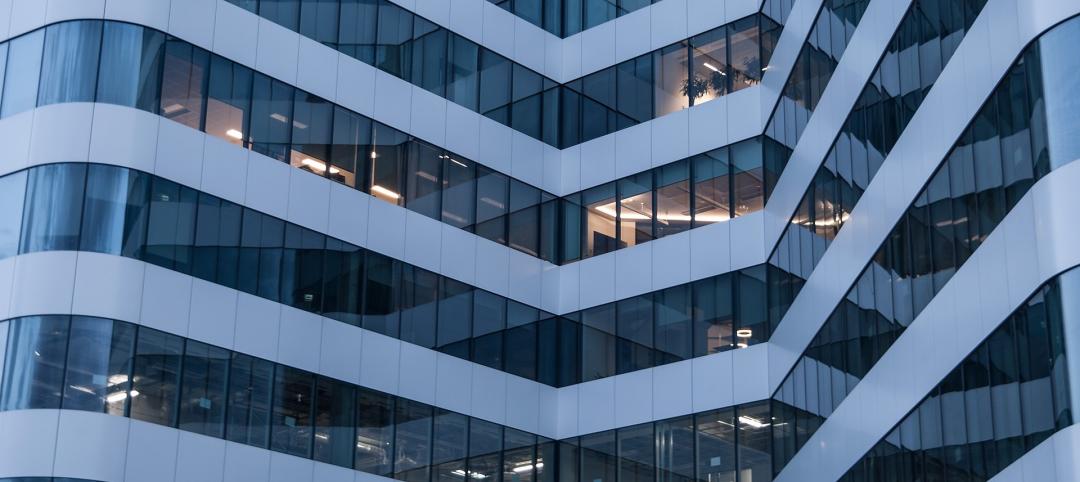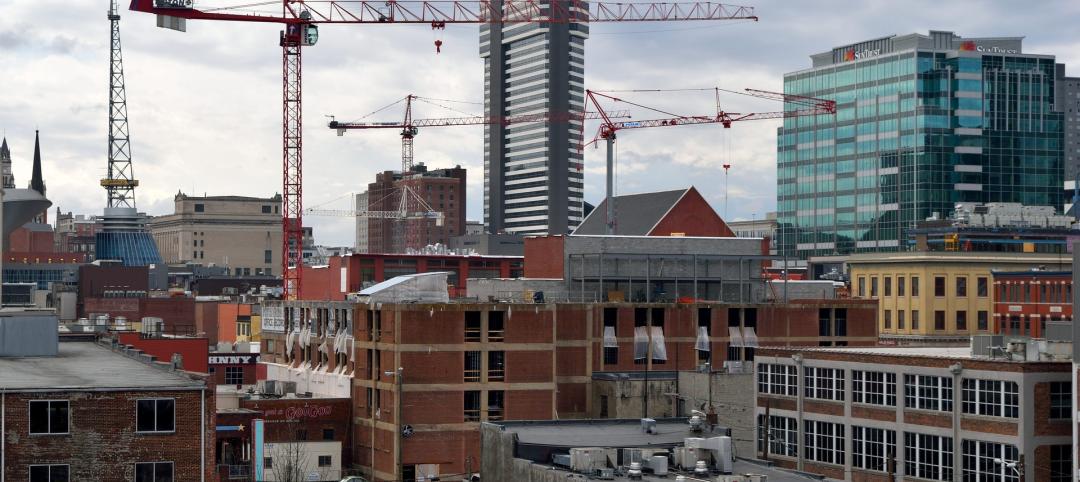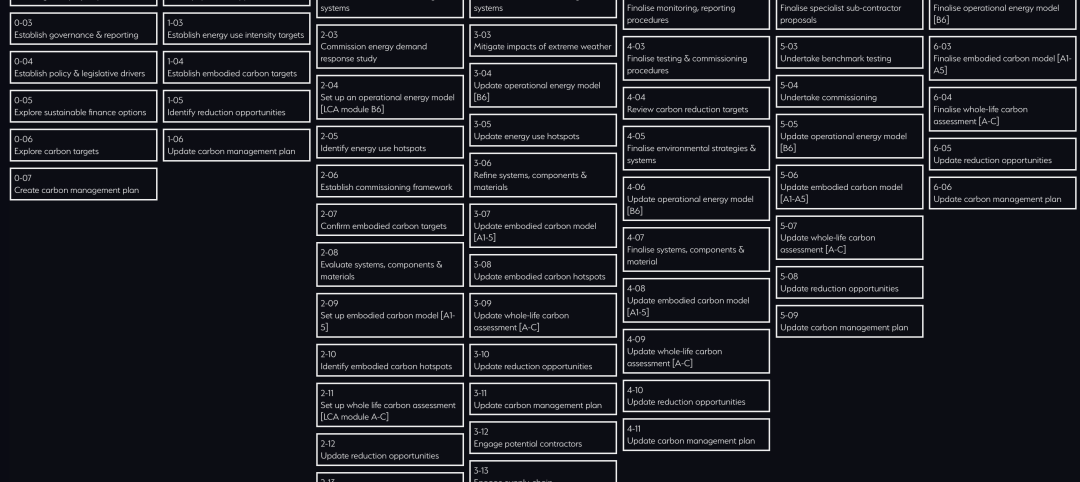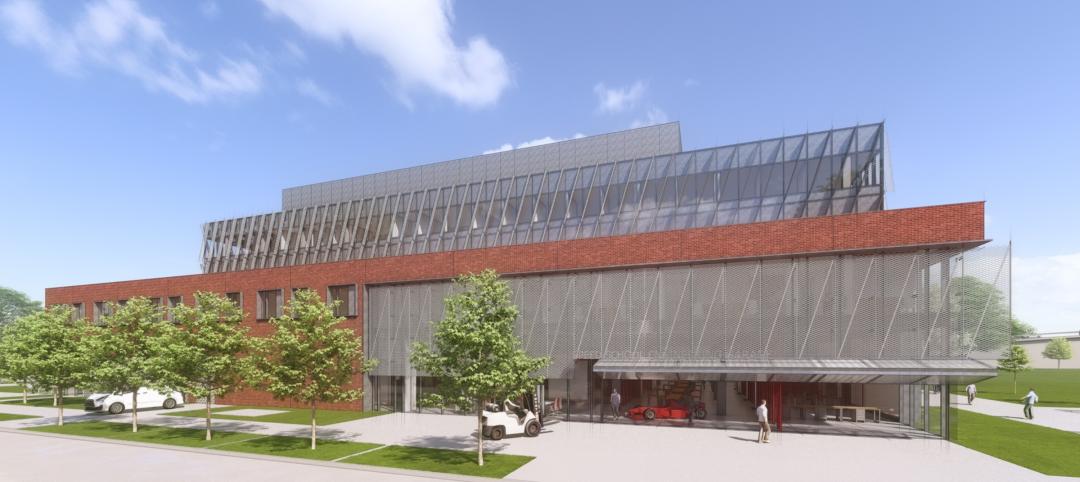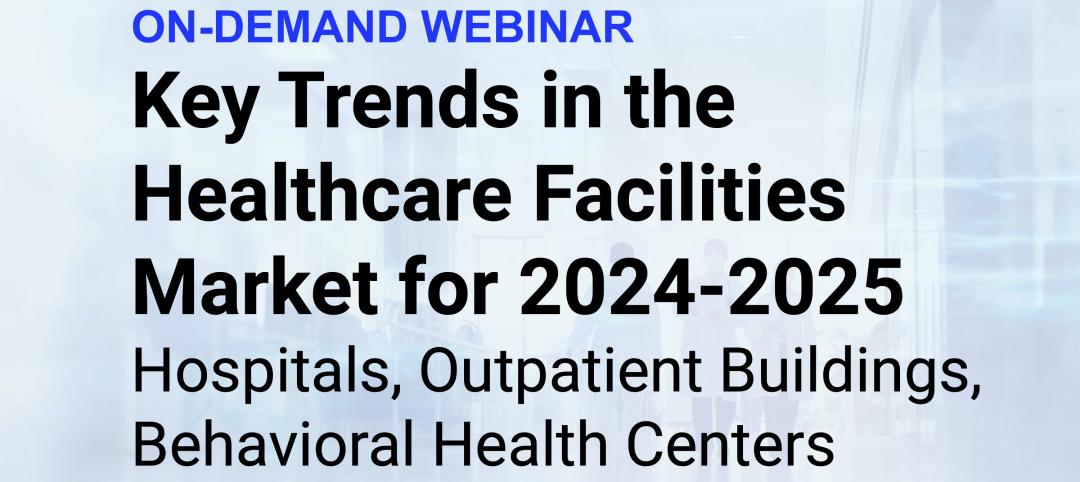Social equity and climate change are the elephants in the room hovering over Gensler’s Design Forecast for 2022, which the giant architecture firm released this week.
Drawing from a wide range of research sources, including its own, Gensler maps out what it sees as the top trends and strategies for its 28 practice areas, organized under the headings Cities, Work, Lifestyle, and Health. (The Report can be downloaded at https://bit.ly/3ILhHxf.)
The report is, in the main, optimistic, with dollops of wishful thinking. But Gensler, which generated $1.235 billion in revenue last year, is also clear-eyed and fact-informed about the challenges that lie ahead and the extent that design can help meet and exceed them. “An ongoing resilience is defining the built environment,” write the firm’s co-CEOs Diane Hoskins, FAIA, IIDA, and Andy Cohen, FAIA.
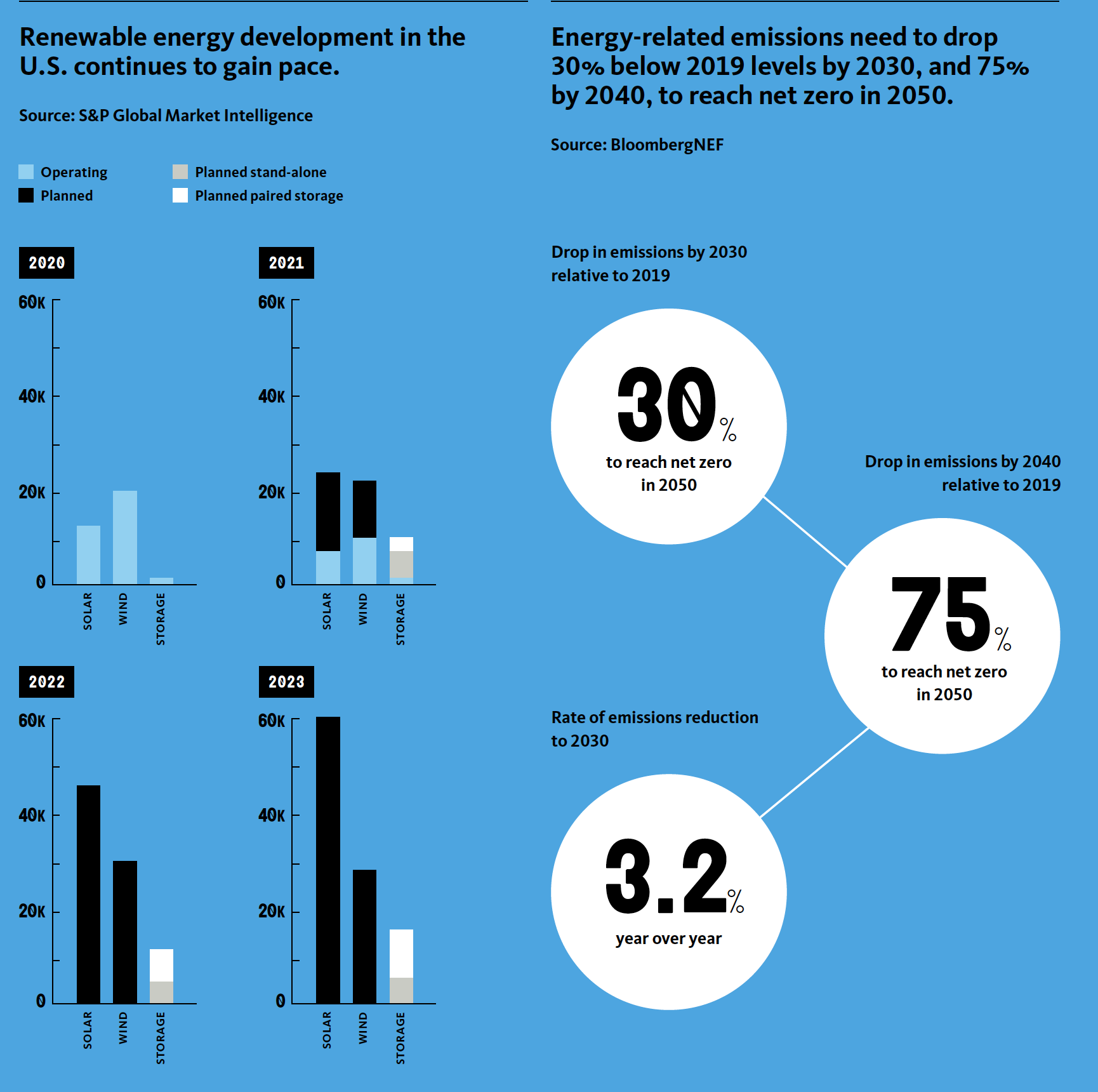
They see a world where innovation is accelerating, where cities are becoming more walkable and greener, where holistic design places greater emphasis on enhancing human experience, and where places “honor local context, while considering the health of occupants and planet alike.” To that end, Gensler has taken action to improve long-term resilience and sustainability of the construction industry’s supply chain by developing a new “blueprint” for specifying lower-carbon products and promoting locally extracted and manufactured materials. Gensler’s stated goal is to achieve carbon neutrality in all its work within a decade. “Never has there been a greater opportunity for the building industry to act on climate change,” the Report states.
STARTLING STATISTICS
The 91-page Design Forecast is a reservoir of information, some of which are likely to stop readers in their tracks. For example, one of the Health sector’s demographic predicaments is that, for the first time in human history, more of the population will be over 65 years old than under 18. “This changes everything,” states Gensler, in terms of how healthcare facilities will be designed to function and serve their constituencies.
Another stat, based on Gensler’ own research, found that fewer than half of the people surveyed in 15 locations are optimistic about their cities’ futures. And in its prognosis for the future of the workplace, Gensler—again drawing from its own research—estimates that, at a time when demand for commercial real estate is in flux, top-performing companies are three times more likely to increase their real estate footprint.
Sprinkled throughout the Forecast are images of Gensler’s projects that, according to the firm, have responded to different needs. For example, the Nashville entertainment district Fifth + Broadway addresses what people want from cities: convenience, community, and accessibility. This mixed-use district blends retail, workplace, residential, restaurants, music, and sports. In Austin, a 140,000-sf built-to-suit office building for Whole Foods Market’s headquarters features extended floor plates that provide interior protection from the sun, public areas with biophilic elements, and an outdoor terrace that doubles as alternative workspace.
20 METATRENDS IN PLAY
Gensler’s Design Forecast revolves around its identification of metatrends that it believes will influence client demand and the firm’s work in each of its sectors and practices. Some of these trends are not new, but have yet to achieve fruition, or have been recast by events such as the COVID-19 pandemic or the so-called Great Resignation that is restirring the job market.
The metatrends, in short, are predicted as follows:
Cities:
•A flexible public realm will deliver a more resilient future
•20-minute neighborhoods will drive equity
•Climate action demands will advance a path to net-zero
•Cities and organizations will refocus on regeneration and reuse
•Innovation districts will continue to thrive
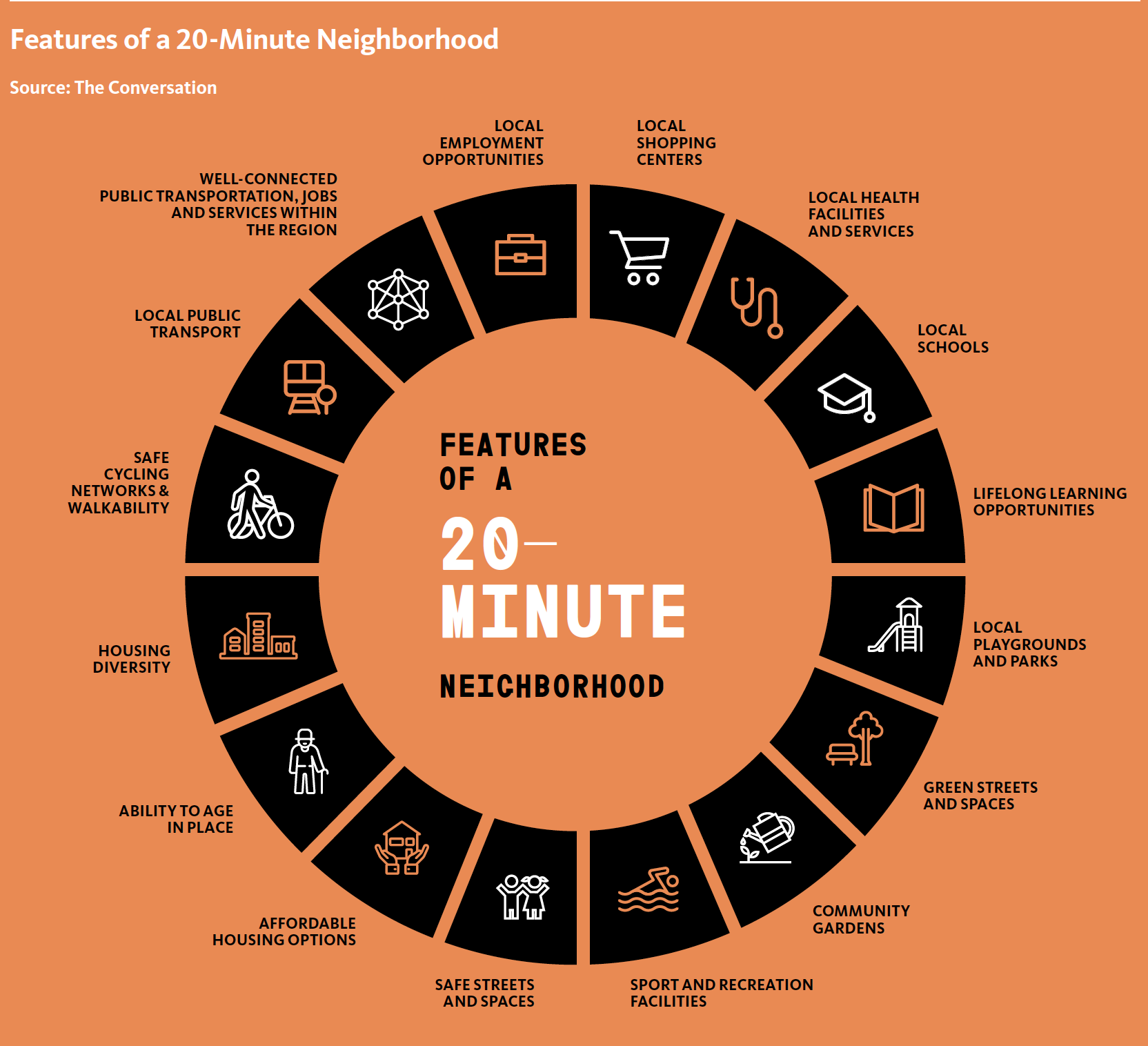
Workplace:
•The workplace must be a compelling destination
•Experimentation, prototypes, and learning are the new normals
•The workspace will play a critical role in fostering equity and inclusion
•The new workspace ecosystem will include “third” spaces for such things as coworking
•Investments in health and well-being will deliver value for employees

Lifestyle:
•Belonging and placemaking will bring people together
•Amenities that drive community will be highly valued
•Flexibility will become a critical investment
•Digital and physical will blend to deliver connected experiences
•Places for gathering will become neighborhood catalysts
Health:
•Design for resilience, and design that elevates human health, are one in the same
•More of the population will be over 65 than under 18 for the first time in human history
•Science organizations will set the tone for how we act in climate change and health
•Existing aging building stock cannot be ignored
•Designing “to the edges” of society will create more welcoming and supportive environments.
The report does deeper dives into each of its practices to signal dynamics and to suggest viable design strategies. Take data centers, upon which the world’s information, research, financial, and ecommerce grids increasingly rely: while acknowledging that hyperscale data centers account for half of the total investment in that sector, Gensler hops on the edge bandwagon, proclaiming edge data centers as “the next frontier” that will feed the growth of next-generation technologies. This sector is also looking for ways to reduce its energy consumption and carbon footprint by embracing low-impact materials and energy recovery. Gensler talks up the benefits of designing data centers for immersive cooling systems that submerge servers in liquid.
Related Stories
MFPRO+ News | Jul 22, 2024
6 multifamily WAFX 2024 Prize winners
Over 30 projects tackling global challenges such as climate change, public health, and social inequality have been named winners of the World Architecture Festival’s WAFX Awards.
Office Buildings | Jul 22, 2024
U.S. commercial foreclosures increased 48% in June from last year
The commercial building sector continues to be under financial pressure as foreclosures nationwide increased 48% in June compared to June 2023, according to ATTOM, a real estate data analysis firm.
Codes and Standards | Jul 22, 2024
Tennessee developers can now hire their own building safety inspectors
A new law in Tennessee allows developers to hire their own building inspectors to check for environmental, safety, and construction violations. The law is intended to streamline the building process, particularly in rapidly growing communities.
Codes and Standards | Jul 22, 2024
New FEMA rules include climate change impacts
FEMA’s new rules governing rebuilding after disasters will take into account the impacts of climate change on future flood risk. For decades, the agency has followed a 100-year floodplain standard—an area that has a 1% chance of flooding in a given year.
Construction Costs | Jul 18, 2024
Data center construction costs for 2024
Gordian’s data features more than 100 building models, including computer data centers. These localized models allow architects, engineers, and other preconstruction professionals to quickly and accurately create conceptual estimates for future builds. This table shows a five-year view of costs per square foot for one-story computer data centers.
Sustainability | Jul 18, 2024
Grimshaw launches free online tool to help accelerate decarbonization of buildings
Minoro, an online platform to help accelerate the decarbonization of buildings, was recently launched by architecture firm Grimshaw, in collaboration with more than 20 supporting organizations including World Business Council for Sustainable Development (WBCSD), RIBA, Architecture 2030, the World Green Building Council (WorldGBC) and several national Green Building Councils from across the globe.
University Buildings | Jul 17, 2024
University of Louisville Student Success Building will be new heart of engineering program
A new Student Success Building will serve as the heart of the newly designed University of Louisville’s J.B. Speed School of Engineering. The 115,000-sf structure will greatly increase lab space and consolidate student services to one location.
Healthcare Facilities | Jul 16, 2024
Watch on-demand: Key Trends in the Healthcare Facilities Market for 2024-2025
Join the Building Design+Construction editorial team for this on-demand webinar on key trends, innovations, and opportunities in the $65 billion U.S. healthcare buildings market. A panel of healthcare design and construction experts present their latest projects, trends, innovations, opportunities, and data/research on key healthcare facilities sub-sectors. A 2024-2025 U.S. healthcare facilities market outlook is also presented.
K-12 Schools | Jul 15, 2024
A Cleveland suburb opens a $31.7 million new middle school and renovated high school
Accommodating 1,283 students in grades 6-12, the Warrensville, Ohio school complex features flexible learning environments and offers programs ranging from culinary arts and firefighting training to e-sports.
MFPRO+ News | Jul 15, 2024
More permits for ADUs than single-family homes issued in San Diego
Popularity of granny flats growing in California


